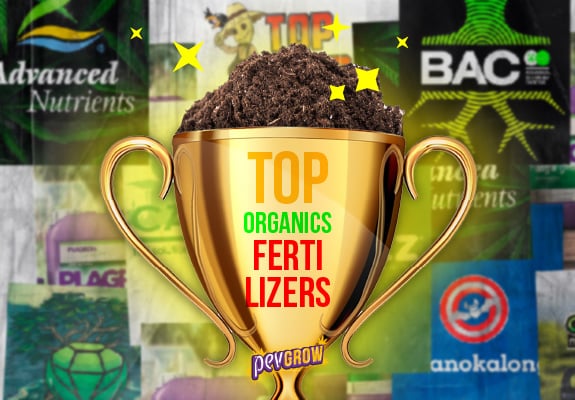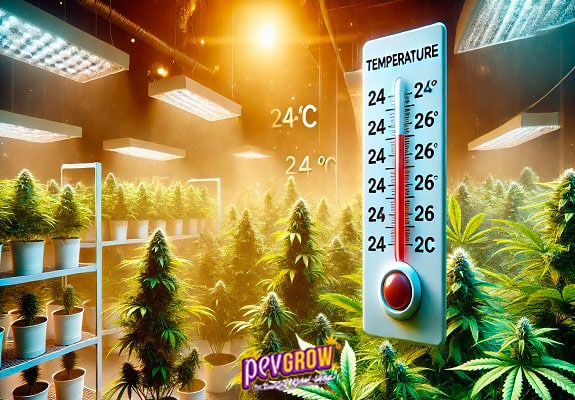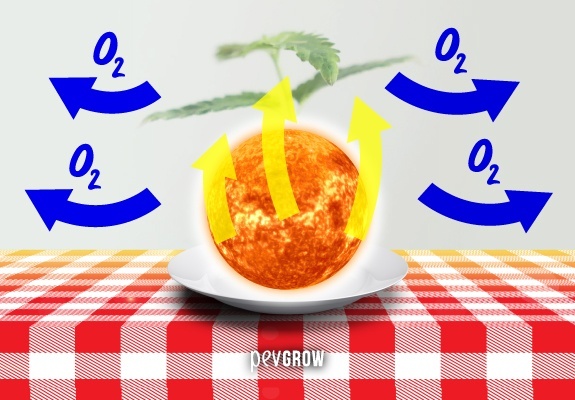

21-05-2021 13:00:48 - Updated: 21 May, 2021
What is photosynthesis for? Where does this reaction of plants take place and what is its process like? Surely more than once you have asked yourself those questions and still today you are not entirely clear. Do not worry, in this article we are going to try to give answers to all this, explained in a way that is easy to understand even if you have not studied chemistry.
⚠️ Definition and meaning of photosynthesis
The word photosynthesis comes from the Greek, and is composed of 2 terms, “photo” which means light, and synthesis which means composition, or the sum of elements that make up a whole, so its meaning would come to be something like the composition that is achieved thanks to light.
👾 What is photosynthesis?
It could be summarized that photosynthesis is the metabolic process by which plants manage to synthesize food through the use of light. During this reaction inorganic matter is transformed into organic matter thanks to light, and oxygen is released as a by-product.
In this way, plants and other organisms feed autonomously, in a mechanism known as autotrophic nutrition, and the process can be divided mainly into 2 parts, the light phase and the dark or night phase of photosynthesis.
🧐 Phases of photosynthesis
The reactions that take place during photosynthesis are different depending on whether the plants are exposed to light or lack it. It must be said that autoflowering marijuana plants do not work in the same way as photo dependent ones in this regard.
Light phase of photosynthesis
During the diurnal cycle, or light phase of photosynthesis, light reaches the chloroplasts that are located in the leaves of plants, where chlorophylls and carotenoids are responsible for transforming it into chemical energy thanks to dissociation of water molecules.
In this way, on the one hand oxygen remains, which is released into the atmosphere, and on the other hydrogen, which will end up transforming into another molecule known as ATP (Adenosine Triphosphate), which is the energy that accumulates and is subsequently used by the plant during the phase. nocturnal.
Dark phase of photosynthesis
The dark phase of photosynthesis is so called because it does not require light to perform its functions, but it does not necessarily have to be at night . During this phase the plant consumes the CO2 and the energy accumulated in the form of ATP during the light phase of photosynthesis.
This process is key to the formation of sugars, since a part of the CO2 is converted into carbohydrates, also producing glucose, sucrose, and starch. This cycle is also known as the second phase of photosynthesis.
🎯 What is photosynthesis used for?
The importance of photosynthesis is crucial for the life of the planet, in the first place it helps plants to nourish themselves, since thanks to this process they can convert inorganic matter into food. From the human point of view, photosynthesis serves to cleanse the atmosphere of carbon dioxide, and above all to supply the oxygen we need to breathe.
It could be said that thanks to the oxygenic photosynthesis carried out by plants, algae, and other organisms, the balance of gases and food on the planet is maintained, which is why it is one of the most important acts carried out in nature
🔥 Photosynthesis formula explained
6 CO2 + 6H2O > C6H12O6 + 6 O2
That is the formula for photosynthesis, so simple and complex at the same time, but for people who do not have a chemical base it can be difficult to understand, so you can see the following explanation to better understand the reaction:
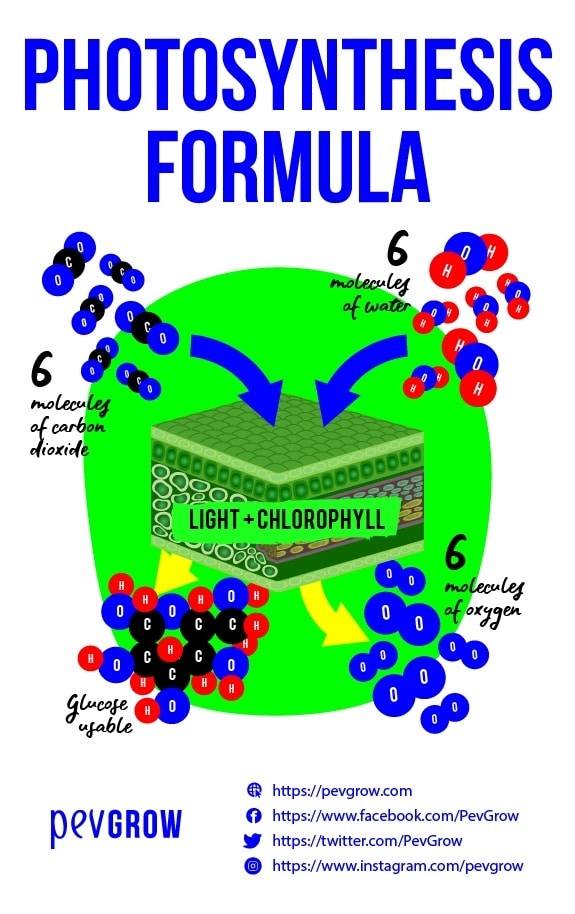
Thanks to the light absorbed by the chlorophyll and other components of the leaves of plants and other organisms, carbon dioxide and water are converted into glucose that serves as food and oxygen is released into the atmosphere.
✅ Where does photosynthesis take place?
This reaction occurs in chloroplasts, which are green polymorphic structures that are located in the leaves of plants. The light phase of photosynthesis takes place in the thylakoid membrane and the dark phase in the stroma, both areas are located inside the chloroplasts.
🚀 Photosynthesis and cellular respiration, comparison
It is not the same, although it could be said that cellular respiration is part of one of the phases of photosynthesis. Photosynthesis takes advantage of light to transform carbon dioxide and water into carbohydrates such as sugars, releasing oxygen in a secondary way.
Cellular respiration refers to the process in which oxygen and those carbohydrates produced are transformed into energy in the form of ATP (Adenosine triphosphate) During this phase, ATP energy is used to create metabolic reactions, while carbon dioxide leaves the cell and is subsequently eliminated.
📖 Are there more types of photosynthesis?
In nature there are many different species that do this process in one way or another, plants, algae, bacteria, and even animals that photosynthesize. Obviously, not all organisms work in the same way, but this chemical reaction can be divided into 2 types, oxygenic and anoxygenic.
Oxygenic photosynthesis
It is the most common, the one carried out by marijuana plants, as well as other plants, algae, and even cyanobacteria. As its name suggests, it refers to the one that releases oxygen as a by-product of the chemical reaction that occurs after processing carbon dioxide and water to take advantage of sugars.
Anoxygenic photosynthesis
This is less common, since it is only carried out by one type of bacteria, and the most curious thing is that its reaction releases sulfur instead of oxygen, which is why it is anoxygenic. Instead of water, these bacteria process hydrogen sulfide or other inorganic molecules as an electron donor.
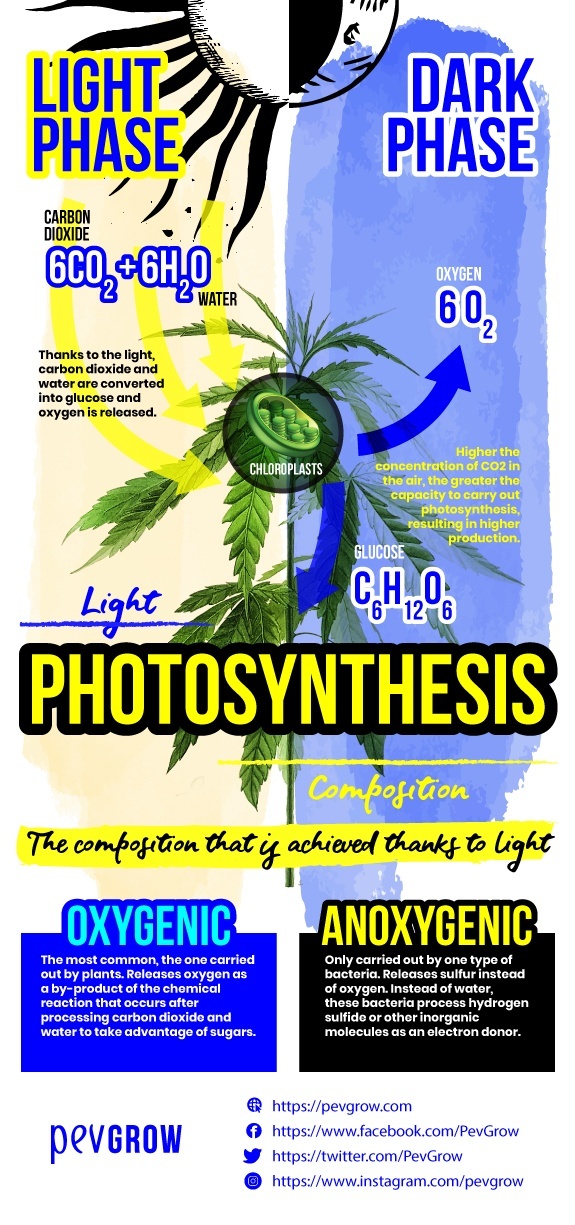
✨ What elements does the plant need to carry out photosynthesis?
Several essential elements are involved in this process: light, water, carbon dioxide, and chlorophylls. The needs of these elements are proportional, and in order to assimilate a greater amount of CO2, it is necessary that there be more light and water. Temperature is another factor in the process of photosynthesis, to equal the health of plants.
How does the CO2 concentration affect photosynthesis?
Normally, the higher the concentration of CO2 in the air, the greater the capacity to carry out photosynthesis, but as I said earlier that must be accompanied by greater exposure to light and more water, because otherwise the excess carbon dioxide would not be used. carbon.
In the environment there is usually a concentration between 300 and 400 PPM (parts per million) of CO2, but cannabis plants can perfectly assimilate up to 1500 PPM or more. When increased to that concentration, plants can also absorb much more light and food, resulting in higher production.
⛳ Curiosities of photosynthesis
This magical process did not begin in plants until much earlier, since it is thought to come from the Precambrian period, that is, more than 3,800 million years ago, when plants and animals did not yet exist on this planet.
The ability to synthesize food thanks to the energy of sunlight began with a group of bacteria known as cyanobacteria. Many years later these organisms began to live in symbiosis with primary plants, such as moss or ferns, and little by little new species of plants began to emerge.
This evolution has not stopped yet, and today new forms of are still being discovered symbiosis between these cyanobacteria and many kinds of plants, animals, and even fungi.
⭐ Conclusion
Photosynthesis is one of the most important processes on earth, and surely the key to the development of life on this planet from water. Now that you know how it is produced and the importance it has, remember to keep your plants green, since chlorophyll is responsible for this pigmentation, and essential to be able to carry out this process correctly.



